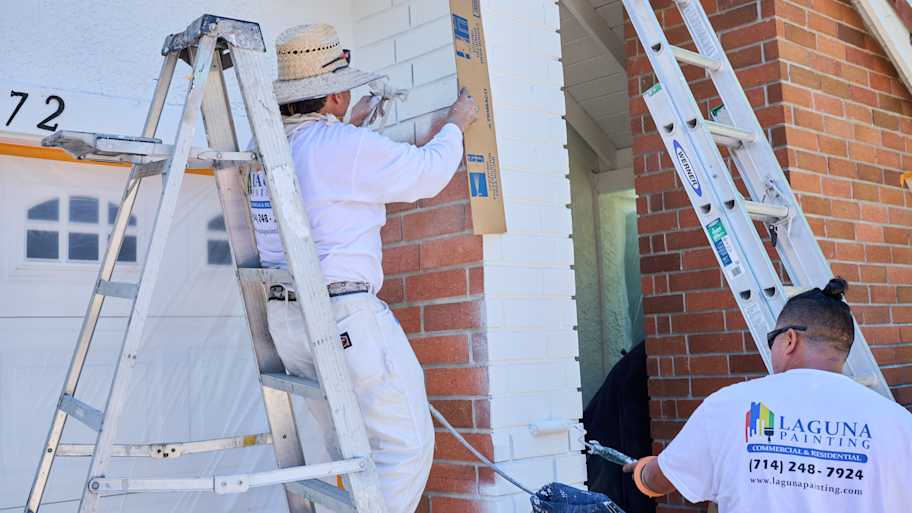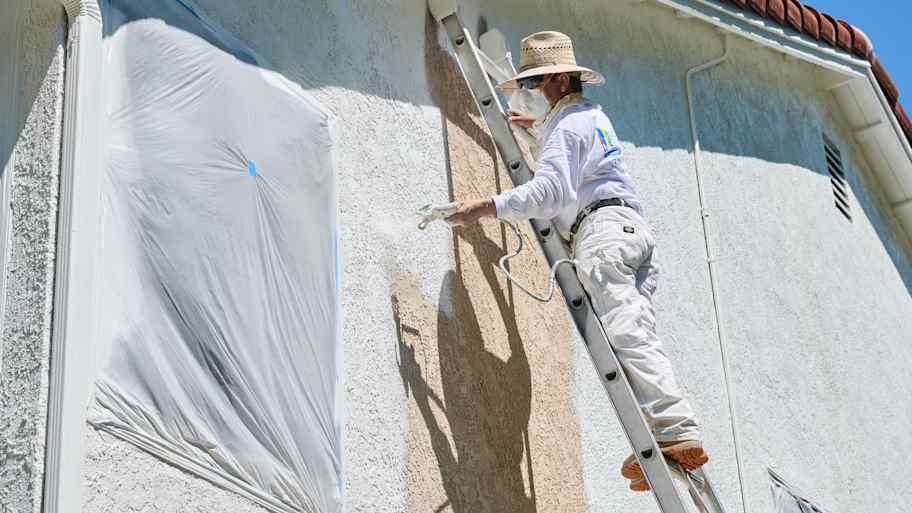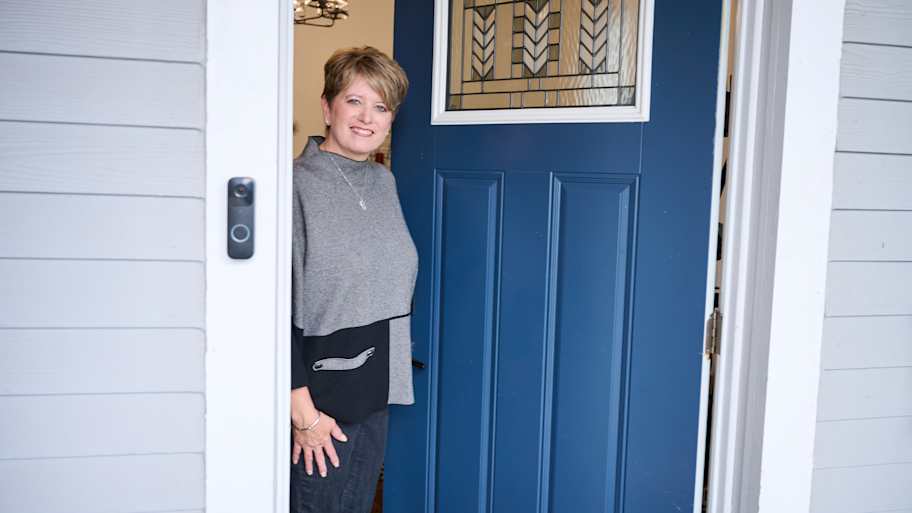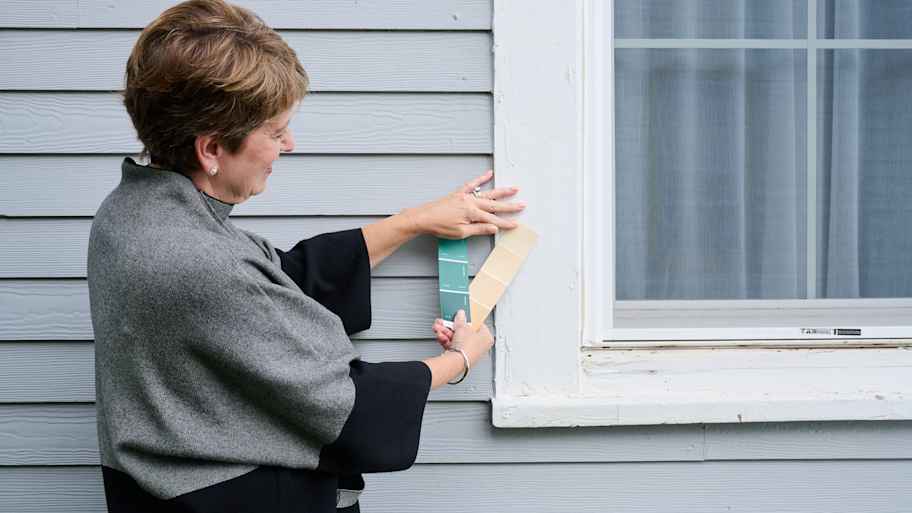How Much Do Painters Charge? [2025 Data]
Painters charge $2,400 for a typical painting job, but it can range between $1,000 and $4,200, depending on the size of the area and complexity of the job.


If you're asking yourself, "How much do painters charge?" you're in the right place. Depending on the specific project, professional painters charge between $20 and $100 per hour. Painters may also charge by the area they're painting at a rate of $1 to $6 per square foot for their labor. On average, hiring a painter for your painting project will run about $2,400, though homeowners can spend between $200 and $6,000.
The type of painting project and its size are significant cost factors, and the type of paint you choose also plays a role. Learn all the factors that impact the cost of your painting job, whether detailing a single room or giving your home's exterior a much-needed facelift.
Painting Cost Factors
Answering questions about how much it costs to paint a room can be challenging in that the job and the price depend on numerous variables. Determining how much a painter charges can be just as tricky. However, understanding the cost factors involved will provide insight not only into what should be in your painting contract but also into how and why it costs what it does. Here's what you need to know about how much it costs to hire a painter.
Scope
.jpg?impolicy=leadImage)
It's not surprising to discover that different types of painting jobs have different price points. The cost to paint the interior of a home is less than the average cost of painting the exterior because of the smaller square footage and easier access to surfaces. Additionally, exterior paint material costs more on average than interior paint.
However, adding things like painting interior trim work or painting the ceilings will significantly increase the cost of interior work.
| Project | Average Cost Range |
|---|---|
| Single room interior | $200–$2,900 |
| Whole house interior | $1,000–$4,800 |
| Exterior | $1,800–$6,000 |
| Specialty/accent | $200–$1,300 |
| Trim work | $500–$1,500 |
Size
Your painter may charge for services by square feet, the job itself, the day or number of days, or time and materials. Most often, painters charge based on the project's square feet and how it relates to the scope of work. For instance, wall painting costs between $2 and $6 per square foot, while trim work charges relate to linear feet, at between $1 and $3, instead of square feet.
| Square Feet | Average Cost |
|---|---|
| 100 | $200–$600 |
| 400 | $800–$2,400 |
| 800 | $1,600–$4,800 |
| 1000 | $2,000–$6,000 |
Paint Type
One of the most essential things to discuss when hiring a painter is the quality of the paint they plan to use. While you can save money in the short term by using lower-quality paint, the value doesn't tend to hold up against higher-quality paint in terms of appearance and durability. This is especially crucial in high-traffic and damp locations, such as kitchens and bathrooms.
| Paint Quantity | Average Cost |
|---|---|
| Pint | $5–$50 |
| Quart | $10–$80 |
| Gallon | $25–$60 |
| 5-Gallon | $60–$225 |
Labor
While most painters charge based on the job's square footage, in situations that include painting specialty items or tight rooms, like bathrooms, your pro may calculate your invoice by the hour instead. When charging by the hour, painters earn between $20 and $50 per hour for standard jobs, such as new construction, and up to $75 to $100 per hour for highly detailed work.
Prep
Much of the art of painting a home has more to do with the preparation than the finishing. Filling holes, sanding, and cleaning are all part of the process for almost any painting job, interior or exterior. However, if your home requires wall repair or wallpaper removal, expect to spend more to hire a painter.
Older homes may also have exposed lead paint that requires covering up or another abatement method, depending on local laws. You may also decide to get rid of the old popcorn ceilings. Both of these things, and other additions, will also increase your costs.
Wallpaper removal cost: $420–$1,200
Popcorn ceiling removal cost: $930–$3,045
Drywall repair cost: $295–$925
Lead abatement cost: $1,480–$5,520
Painting Ongoing Costs
.jpg?impolicy=leadImage)
Interior and exterior paint act as a protectant against the elements and normal wear and tear. Paint is one of the primary materials we use when we engage in maintenance tasks for our home. However, sometimes, the protector needs protection, too.
Touch Ups
After just a few years, even the best exterior paints can show aging signs like small cracking or peeling in wet locations. Touching up these spots will prolong the lifespan of the paint shell that protects your home. Interior paint can also fall victim, but usually to a lesser degree. Hiring a professional for touch-up painting work costs between $50 and $300 on average.
Cleaning
Keeping your exterior painted surfaces clean helps extend their lifespan and keeps them looking beautiful. On average, professional power washing costs between $210 and $450, while occasionally wiping down interior walls is often good enough for most interior painted surfaces.
DIY Painting vs. Hiring a Pro
Painting, especially interior painting, is a common DIY project. However, DIY exterior painting is less common because of the potential dangers involved when working from a ladder, near power lines, or at heights. Additionally, because exterior paint is crucial for protecting your home investment, it's a job better suited for local painting professionals with proper equipment and techniques.
While DIY interior painting is a common project, it's far from a simple one. Having the proper tools on hand is crucial, and using proper techniques is essential for obtaining the perfect look. You can save between $1 and $6 per square foot by doing the job yourself. However, many homeowners choose to hire a pro and enjoy their weekend instead while knowing the end result will be flawless.
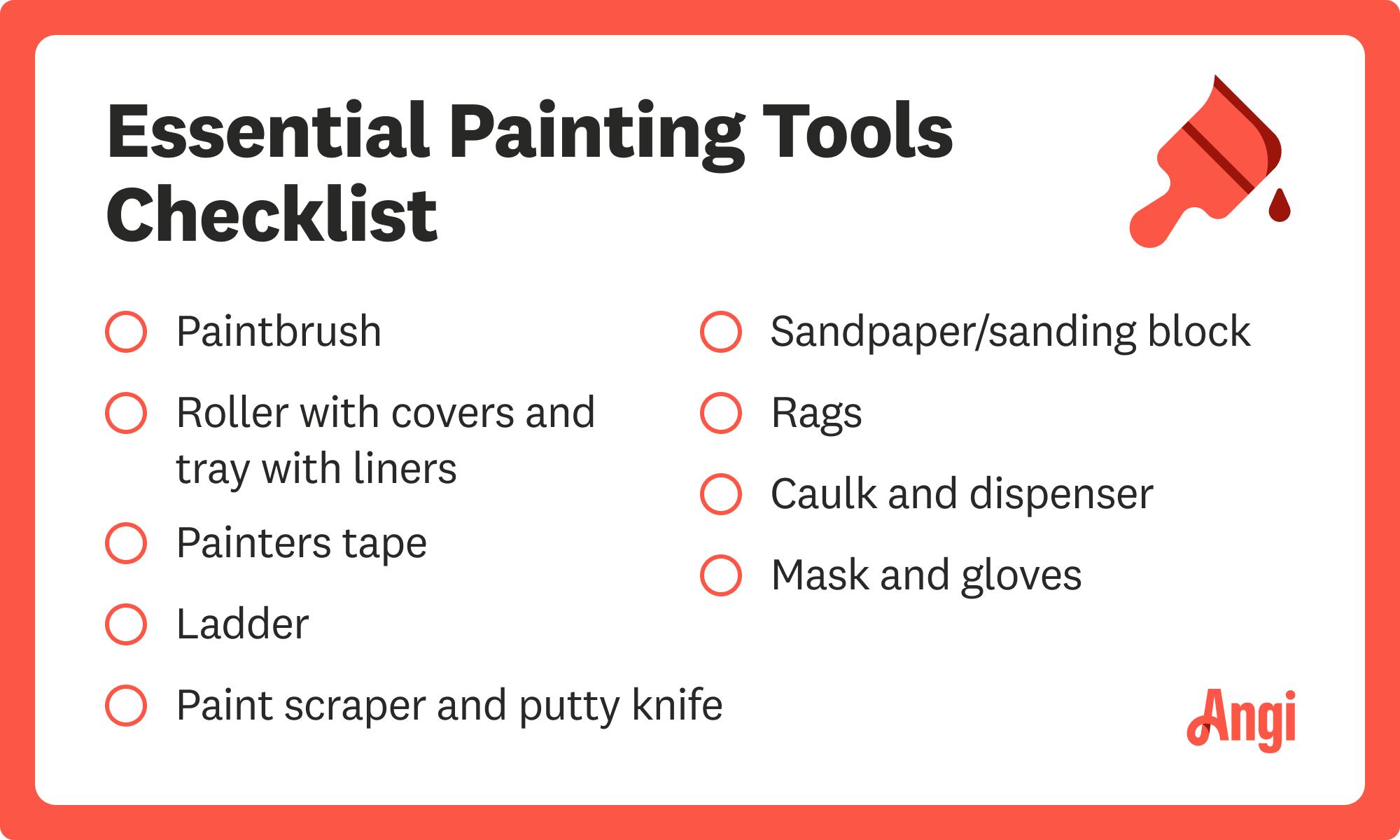
Cost of Common Painting Add-Ons
Painting the interior or exterior of your home is often part of a larger renovation or remodeling project. Alternatively, you may simply choose to add a few things to your to-do list while updating your walls' appearance.
Trimwork carpentry cost: $320–$1,200
Window repair cost: $180–$635
Door repair cost: $130–$370
Chimney tuckpointing cost: $500–$2,500
Wood floor refinishing cost: $1,100–$2,670
Carpet replacement cost: $780–$2,810
Tile floor cost: $800–$3,000
Fence painting cost: $750–$4,250
Tips to Reduce Cost While Painting
While the amount your painter charges depends mostly on the size, materials, and scope of the project, there are several things you can do to help reduce costs.
Remove in-the-way objects when your painter performs the estimating inspection. This will provide the professional with a clear picture of your needs. Not only will this produce a more accurate pricing estimate, but it will also help to avoid potentially costly surprises.
Your contractor will have access to the best paint-price deals, and the color you choose won't have a significant upfront impact on material costs. However, choosing colors that closely mimic your existing paint can reduce the number of coats and costs necessary to complete cover-up work. Additionally, choosing neutral colors now can reduce costs down the road because they are easier to cover than dark colors.
Limiting the number of different colors you use for your paint job minimizes waste and can reduce your pricing estimate.
How Angi Gets Its Cost Data
Home is the most important place on earth, which is why Angi has helped more than 150 million homeowners transform their houses into homes they adore. To help homeowners with their next project, Angi provides readers with the most accurate cost data and upholds strict editorial standards. We extensively research project costs to develop the pricing data you see, so you can make the best decisions for you and your home. We rely on reputable sources, including the U.S. Bureau of Labor Statistics, academic journals, market studies, and interviews with industry experts—all to ensure our prices reflect real-world projects.
Want to help us improve our cost data? Send us a recent project quote to costquotes@angi.com. Quotes and personal information will not be shared publicly.
Frequently Asked Questions
Painters consider many factors when determining how much to charge for painting work. The job's square footage is the primary factor. However, when building your pricing estimate, they're also considering things like accessibility of the space, how much small-detail work is necessary, and the length of time the job will take.
Many paint brands advertise as being one-coat paints. While technically true, most painting jobs still require at least two coats of paint to fully cover older paint effectively. When covering particularly dark paints with a lighter color or covering a lighter color with dark paint, three coats, and sometimes more, are often necessary to avoid streaks and spots.
